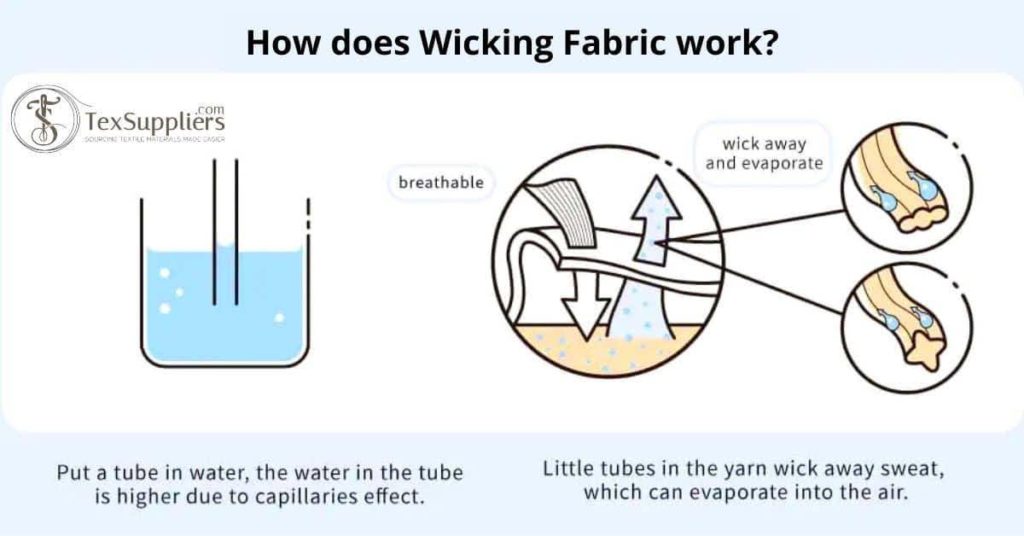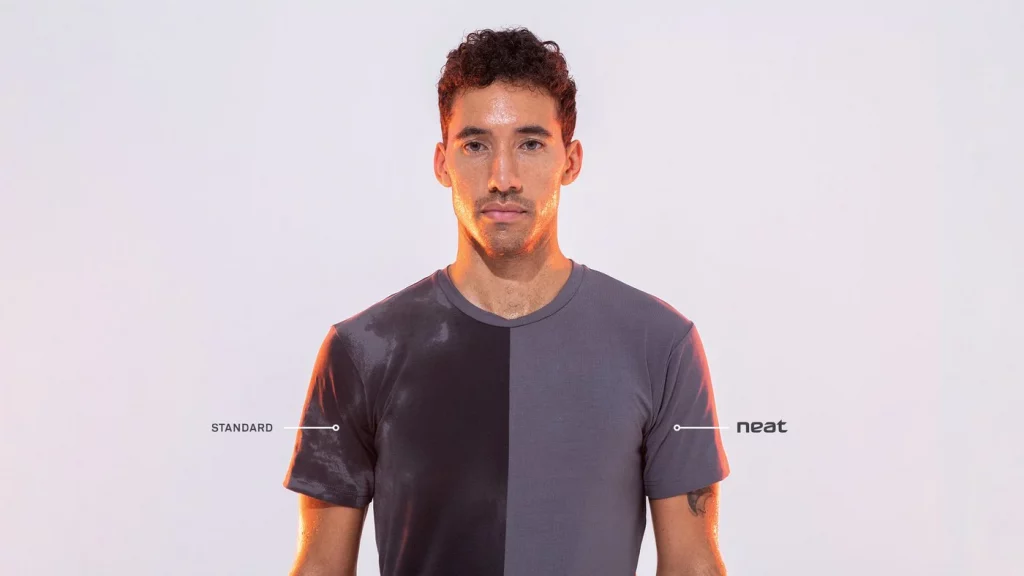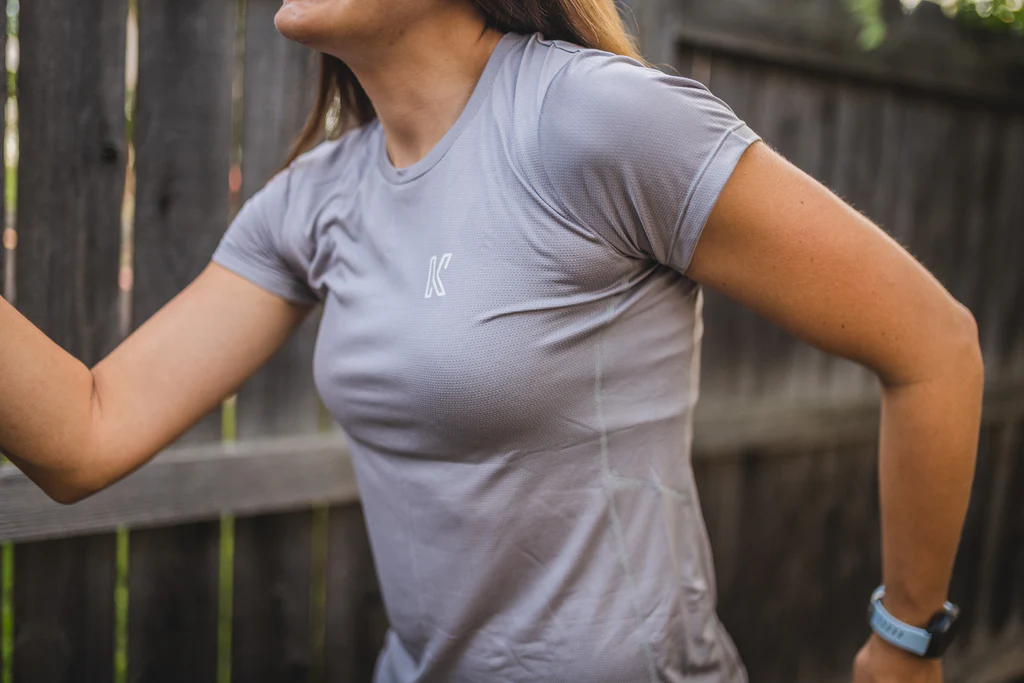Breathable fabrics have revolutionized the textile industry, offering comfort and functionality in a wide range of applications, from athletic wear to everyday clothing. The key to their effectiveness lies in their ability to wick moisture away from the body, keeping the wearer dry and comfortable. This blog delves into the science behind moisture-wicking materials, exploring how they work, their benefits, and their applications.
Understanding Moisture-Wicking
Moisture-wicking refers to the ability of a fabric to draw sweat away from the skin to the fabric’s outer surface, where it can evaporate more easily. This process helps regulate body temperature and keeps the wearer dry, making it essential for activewear and performance fabrics.

The Science Behind Moisture-Wicking Fabrics
- Fiber Structure and Composition
Moisture-wicking fabrics are typically made from synthetic fibers such as polyester, nylon, and polypropylene. These fibers have a unique structure that allows them to move moisture away from the body. The hydrophobic nature of these fibers means they do not absorb moisture, instead pushing it towards the fabric’s surface. - Capillary Action
The principle of capillary action plays a significant role in moisture-wicking. When sweat contacts the fabric, it spreads along the fibers due to the surface tension and capillary action. This movement helps distribute moisture over a larger area, accelerating evaporation. - Microfiber Technology
Microfiber technology enhances the moisture-wicking properties of fabrics. Microfibers are incredibly fine synthetic fibers that create a larger surface area, allowing for more efficient moisture transport and evaporation. This technology is commonly used in high-performance athletic wear.

Benefits of Breathable Fabrics
- Enhanced Comfort
Breathable fabrics keep the skin dry and comfortable, reducing the risk of chafing and irritation. This is especially important during physical activities where sweating is inevitable. - Temperature Regulation
By facilitating the evaporation of sweat, moisture-wicking fabrics help regulate body temperature. This cooling effect is crucial for athletes and individuals engaging in intense physical activities. - Odor Control
Moisture-wicking fabrics often incorporate antimicrobial treatments that prevent the growth of bacteria responsible for body odor. This keeps the garments fresher for longer periods. - Quick Drying
These fabrics dry quickly, making them ideal for travel and outdoor activities. The reduced drying time also minimizes the risk of bacterial growth and mildew.
For insights into how digital technology is transforming textile design, check out our blog on The Impact of Digital Technology on Textile Design and Production.

Applications of Moisture-Wicking Fabrics
- Athletic Wear
Moisture-wicking fabrics are a staple in athletic wear, including running gear, yoga outfits, and gym clothes. They enhance performance by keeping athletes dry and comfortable. - Outdoor Clothing
For activities like hiking, camping, and climbing, breathable fabrics provide the necessary comfort and functionality. They protect against the elements while ensuring moisture management. - Everyday Apparel
Increasingly, everyday clothing incorporates moisture-wicking technology. From casual t-shirts to business attire, these fabrics offer added comfort and practicality for daily wear. - Medical Textiles
In the medical field, moisture-wicking fabrics are used in bandages, wound dressings, and patient clothing. They help maintain a dry environment, promoting better healing and comfort.
Choosing the Right Moisture-Wicking Fabric
When selecting moisture-wicking fabrics, consider factors such as fiber content, fabric weight, and intended use. Lightweight, synthetic fabrics with a high percentage of polyester or nylon are typically the most effective for moisture management.
For more information on sourcing quality fabrics, visit our blog on A Guide to Fabric Sourcing.
Advances in Moisture-Wicking Technology
The field of moisture-wicking fabrics is continually evolving, with new technologies enhancing their performance. Innovations such as phase-change materials (PCMs), which absorb and release thermal energy, and smart textiles that adapt to environmental conditions are pushing the boundaries of fabric functionality.
For more on the latest advancements in textile technology, explore our blog on Technology in Textiles.
Conclusion
Breathable, moisture-wicking fabrics have transformed the textile industry, offering unparalleled comfort and functionality. Understanding the science behind these materials highlights their importance and versatility across various applications.
For high-quality, breathable fabrics and comprehensive sourcing solutions, visit locofast.com. Locofast is dedicated to providing top-tier textile solutions, ensuring you find the perfect materials for your needs. Explore their website to discover how Locofast can support your journey in the world of advanced textiles.
